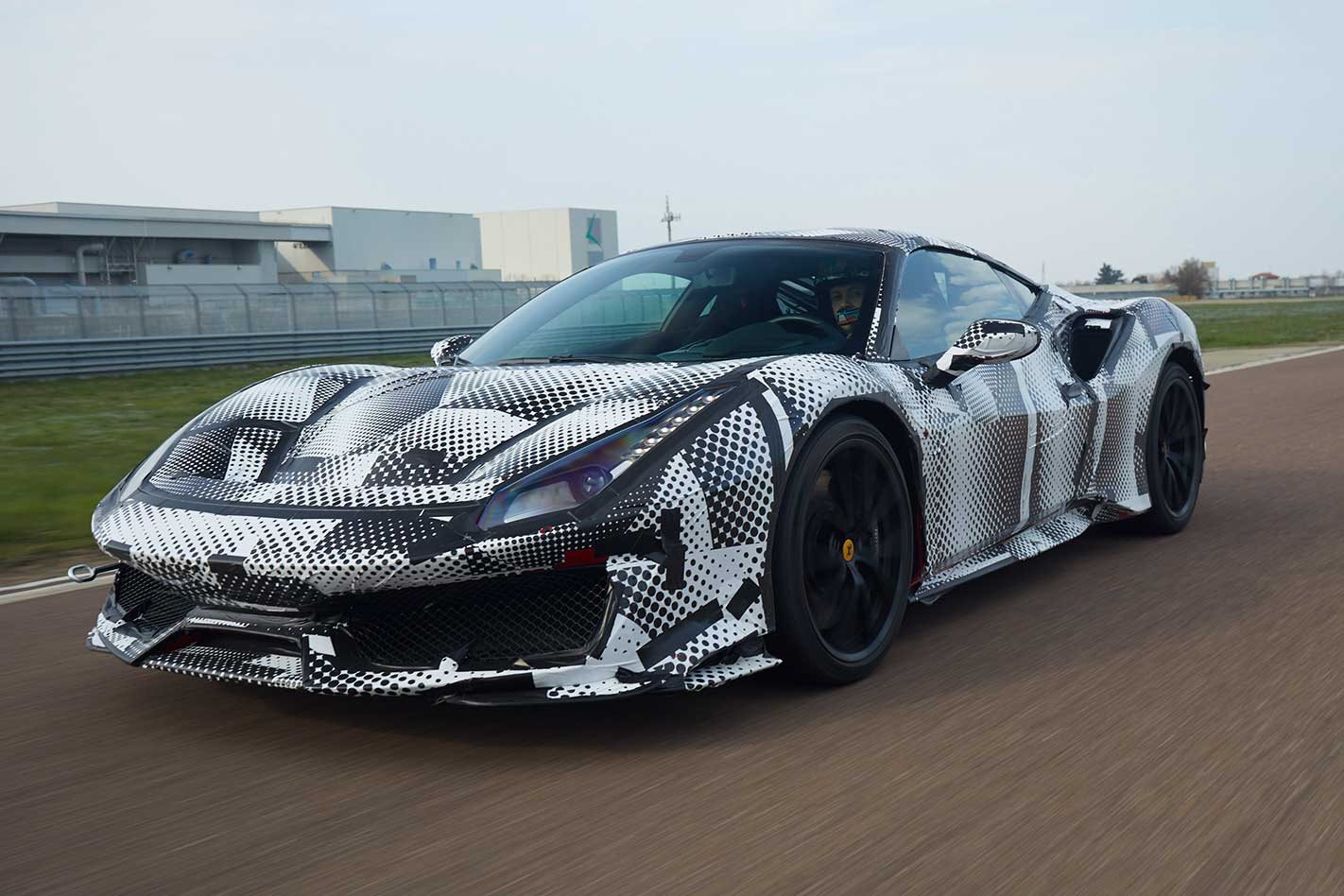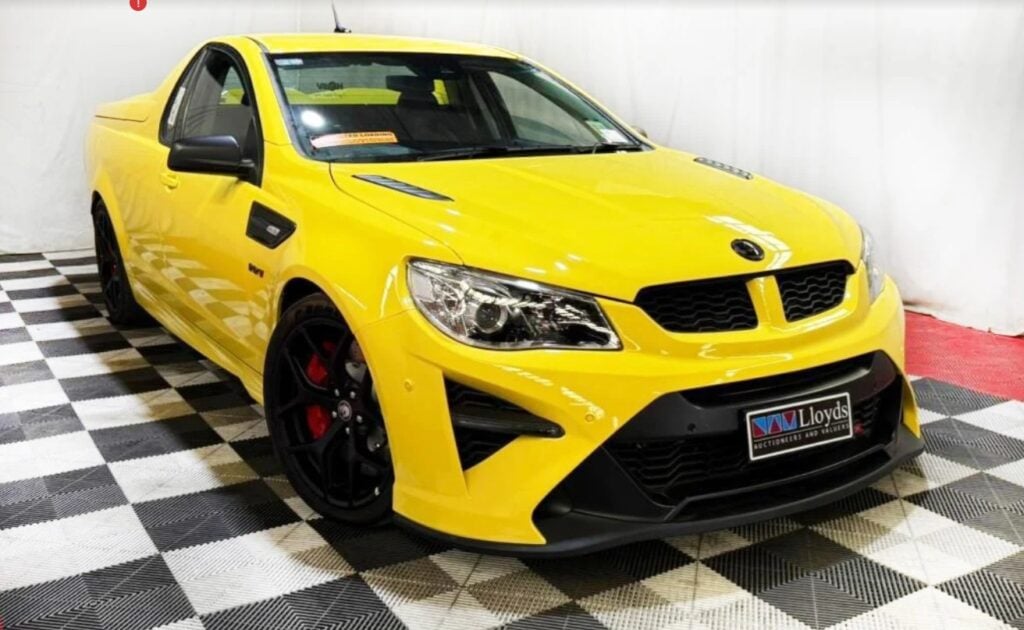Ferrari has revealed the two vehicle architectures that will underpin the vast majority of its future models.
Speaking at Ferrari’s Capital Markets Day, Chief Technology Officer Michael Leiters spoke about the new flexible architectures, as well as the next-generation of interior presentation – Human Machine Interface (HMi) in Ferrari-speak – and the installation of driver assistance systems for the first time.
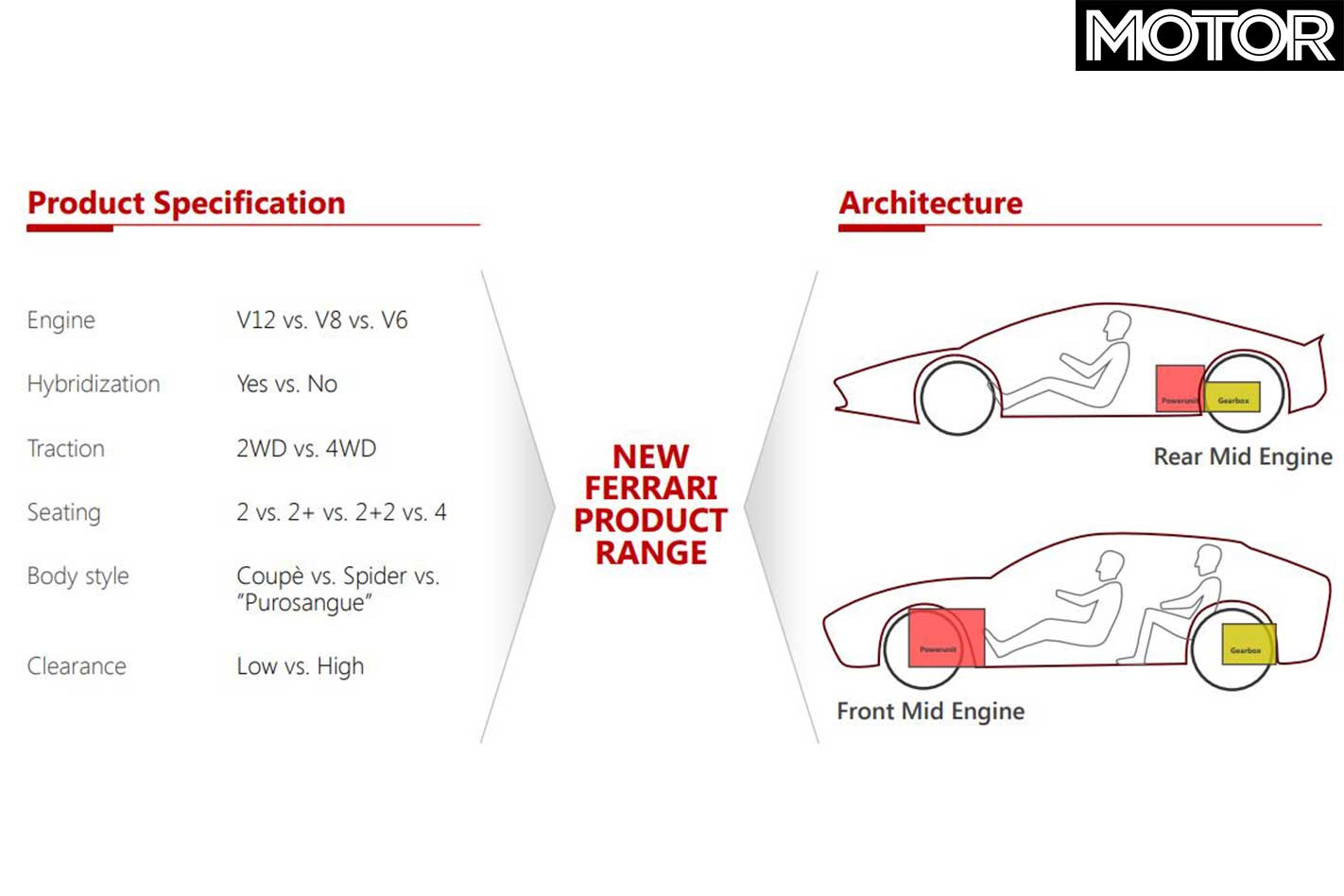
Both architectures are classified as mid-engined with engine located between the two axle lines. Sports cars will be rear-mid engined, with the engine behind the driver, while GT cars will be mid-front engined, with the engine forward of the driver.
Each architecture will be capable of accepting V6, V8 or V12 engines with or without electrical assistance. Variable wheelbase capability will allow different size cars to be built of effectively the same platform and Coupe and Spider variants will be possible with each.
Priorities for the sports car platform include reducing the weight and size through multi-material underbody and improved packaging, which will be especially important with the addition of batteries and electric motors.
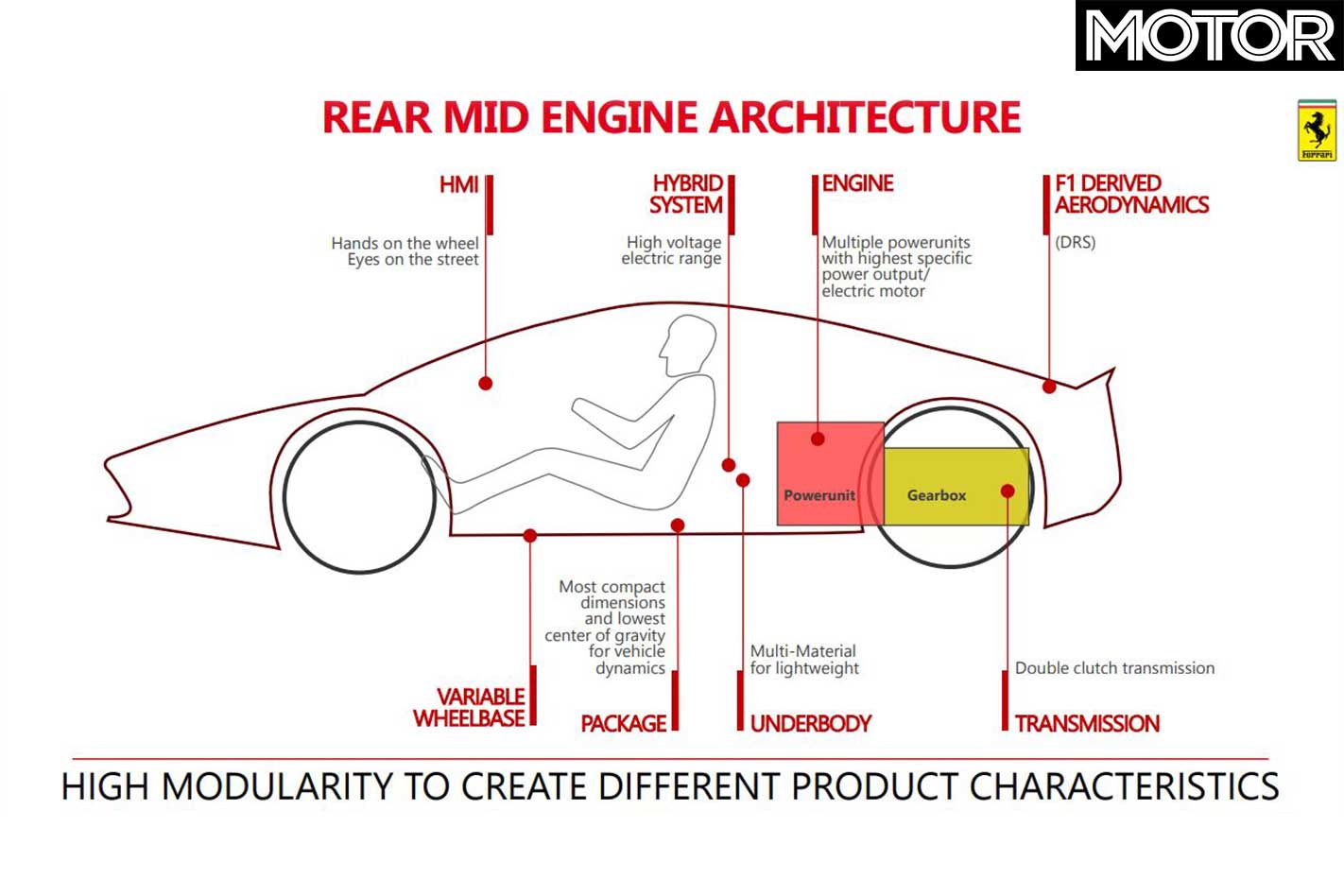
The GT platform must be even more flexible. It must not only be able to accept a variety of powertrains and fixed-roof and Spider bodystyles, but also accommodate all-wheel drive, a variety of seating arrangement (2, 2+2, 4) and raised clearance in Purosangue guise.
In order to achieve this, Leiters explained the Purosangue will feature an innovate new suspension design. He didn’t expand on whether Ferrari would continue with its current unusual all-wheel drive system found in the GTC4 Lusso or develop a more conventional system incorporating hybrid drive.
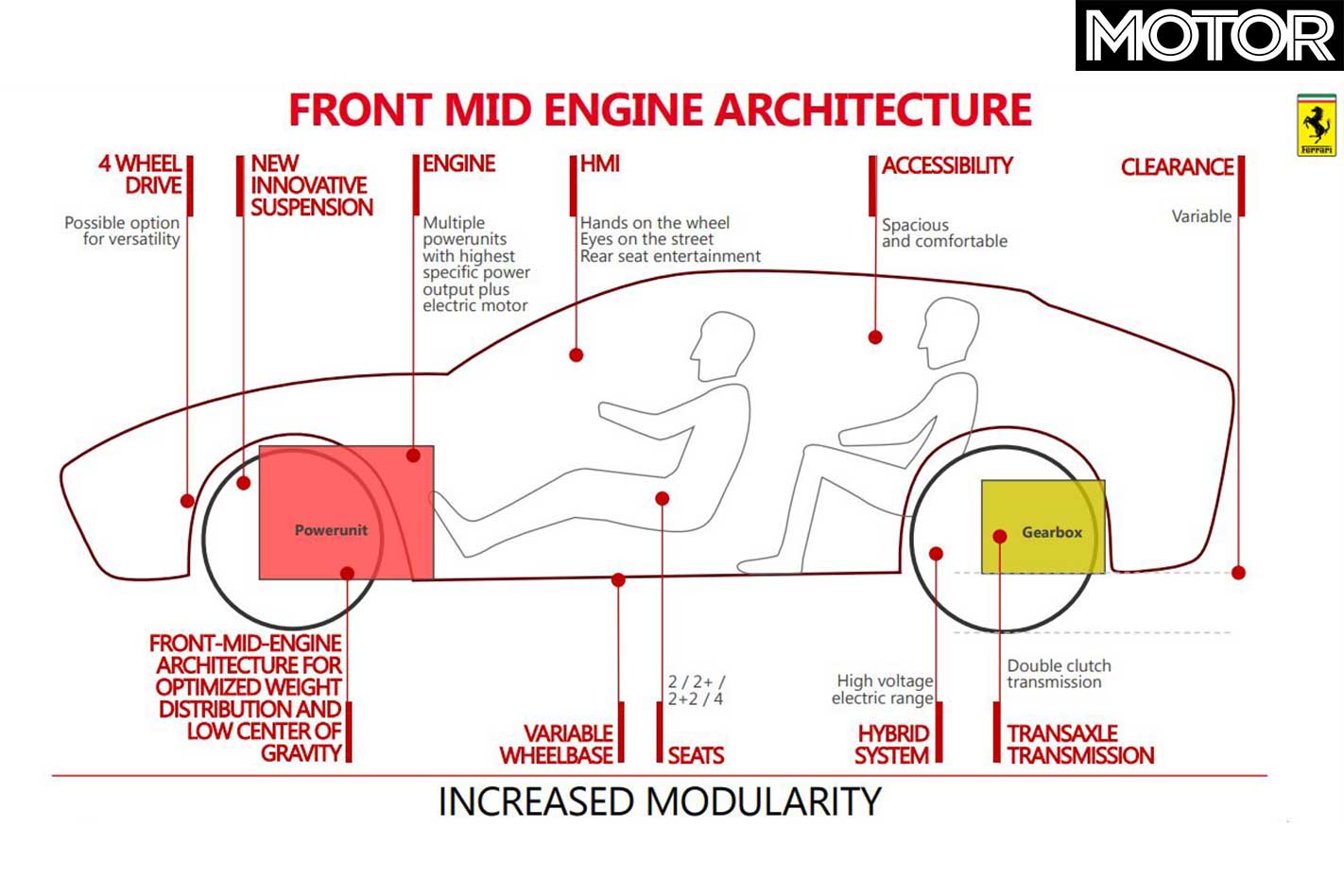
Ferrari will at last be able to compete with rivals on technology, with the next-generation of interiors to feature a head-up display, new steering wheel, new instrument cluster and state-of-the-art infotainment and connectivity. This is crucial if Ferrari is to increase its push into Asian markets, which love the brand but have little use or desire for high-performance.
Finally, Ferrari will also embrace driver assistance systems, though Leiters was adamant the idea of a self-driving Prancing Horse was anathema to the brand.


